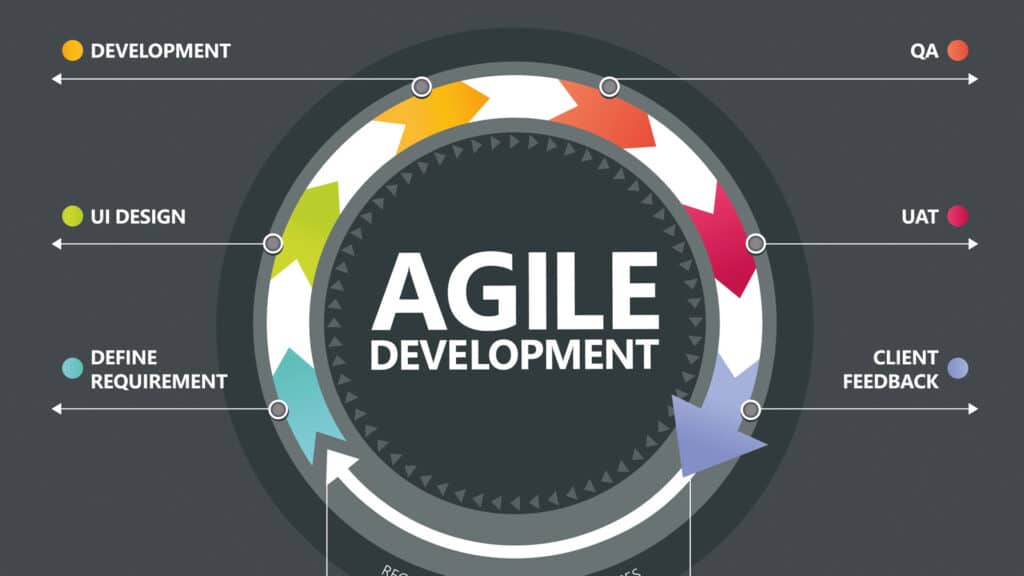Agile methodology is widely praised for being flexible, fast, and focused on customer needs. However, like any approach, it has its downsides. Understanding these weaknesses and finding ways to handle them can help teams make the most of Agile while avoiding common problems.
Weaknesses of Agile

- Short-term Focus
Agile focuses on quick results and short-term goals, which can make teams lose sight of the bigger picture. Without a clear long-term plan, projects can drift off track. - Heavy Dependence on Teamwork
Agile relies on strong teamwork and communication. If team members struggle to work together or communicate well, the whole process can break down. - Too Much Customer Input
While customer feedback is important, constantly changing project requirements to match it can disrupt progress. This can slow down the team and lead to frustration. - Scaling Is Hard
Agile works best for small teams, but using it across large organizations can be tricky. Coordinating multiple teams and keeping everyone aligned gets more complicated as the project grows. - Weak Documentation
Agile prioritizes working on tasks over creating detailed documentation. This can cause problems later when teams need to hand off work, onboard new members, or maintain the project. - Resistance to Change
Adopting Agile often requires a cultural shift, which some organizations struggle with. Resistance from leaders or team members can block its success. - Not Always a Good Fit
Agile isn’t the best choice for every project. Using it for projects with strict budgets, deadlines, or regulatory requirements can create challenges.
How to Address Agile Weaknesses
1. Balance Short-term and Long-term Goals
To avoid losing sight of the big picture, teams should create a clear roadmap that connects daily tasks to long-term goals. Regularly reviewing and adjusting this roadmap can keep the project on track.
2. Build Strong Team Collaboration
Invest in training to improve communication and teamwork. Regular team meetings and activities can help solve issues and build trust. Tools like Slack or Jira can also make collaboration easier.
3. Manage Customer Feedback
Set up a process to handle customer input without overloading the team. Prioritize changes based on what’s realistic and what aligns with project goals. A product owner can help filter and organize feedback.
4. Scale Agile with Frameworks
Use scaling frameworks like SAFe (Scaled Agile Framework) or LeSS (Large-Scale Scrum) to coordinate work across multiple teams. These frameworks provide tools and practices to manage larger projects effectively.
5. Improve Documentation
Even in Agile, some documentation is important. Keep it simple and focused—like clear user stories or diagrams—to make handoffs and maintenance smoother. Tools like Confluence can help teams maintain lightweight but useful documentation.
6. Overcome Resistance to Change
Educate leaders and team members about Agile and its benefits. Training sessions, sharing quick wins, and highlighting successful case studies can encourage people to embrace the change.
7. Use Agile for the Right Projects
Not every project suits Agile. Evaluate the project’s needs before choosing this approach. For strict or heavily regulated projects, consider mixing Agile with traditional methods for better results.
Conclusion
Agile is powerful but not perfect. By understanding its weaknesses and proactively addressing them, teams can work more effectively. The key is balance—between short-term flexibility and long-term strategy, customer needs and team priorities, and agility and structure. With the right approach, Agile can help teams deliver great results without falling into common traps.











